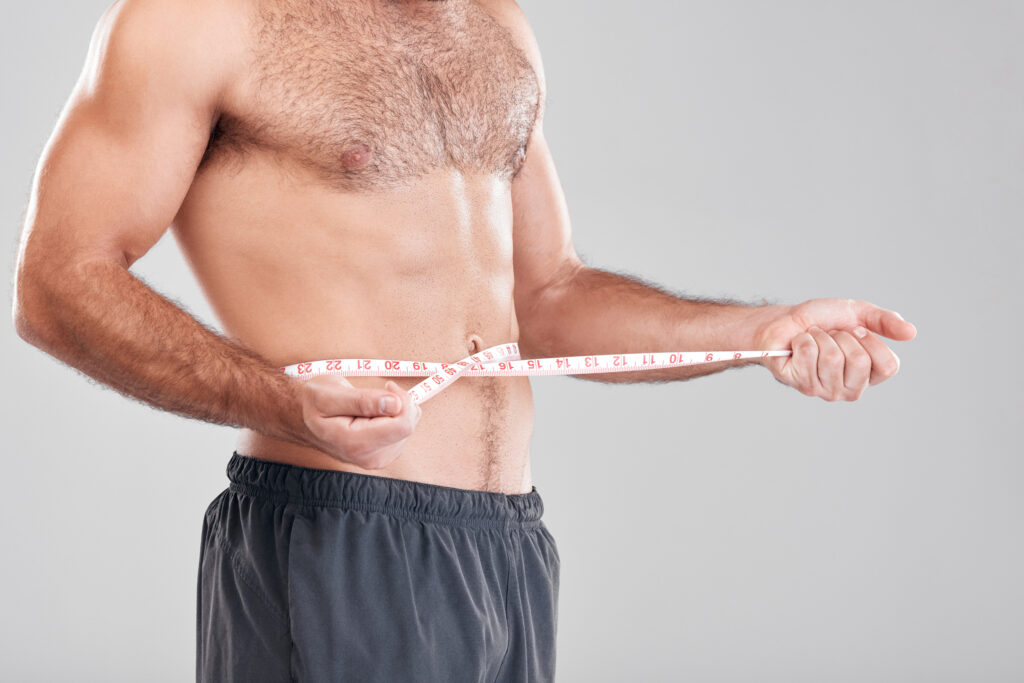Achieving six-pack abs primarily depends on two factors: the development of the rectus abdominis muscles (commonly known as the abs) and the amount of body fat covering these muscles. The visibility of your six-pack abs is largely influenced by your body fat percentage.
When we talk about a body fat percentage of 10%, for most individuals, this is in the lower range and is often associated with a lean physique. At this level, most men will typically have a clear definition of their abdominal muscles, and their six-pack will likely be visible. For women, the situation is slightly different. Women naturally carry a higher percentage of body fat compared to men due to biological differences, and therefore, a 10% body fat for women is extremely lean, and it is not only rare but can be unhealthy. For a woman, visible abs usually start to show at a slightly higher percentage, typically around 16-19%.
However, there’s an essential caveat to keep in mind. Simply having a low body fat percentage doesn’t guarantee a well-defined six-pack. The muscular development of your abs is equally crucial. If the underlying muscles are not developed through exercises like crunches, leg raises, or planks, then even at low body fat percentages, the abs might not be as prominent or defined as one might hope.
If you’re a man and you achieve a body fat percentage of 10%, there’s a high likelihood that your six-pack abs will show, provided you have adequately developed your abdominal muscles. If you’re a woman, 10% body fat is extremely low, and while the abs will most likely be visible at this level, it’s essential to approach such a goal with caution, considering overall health and wellbeing. Remember, achieving and maintaining such a low body fat percentage requires a combination of consistent exercise, especially core-focused workouts, and a well-balanced diet.

